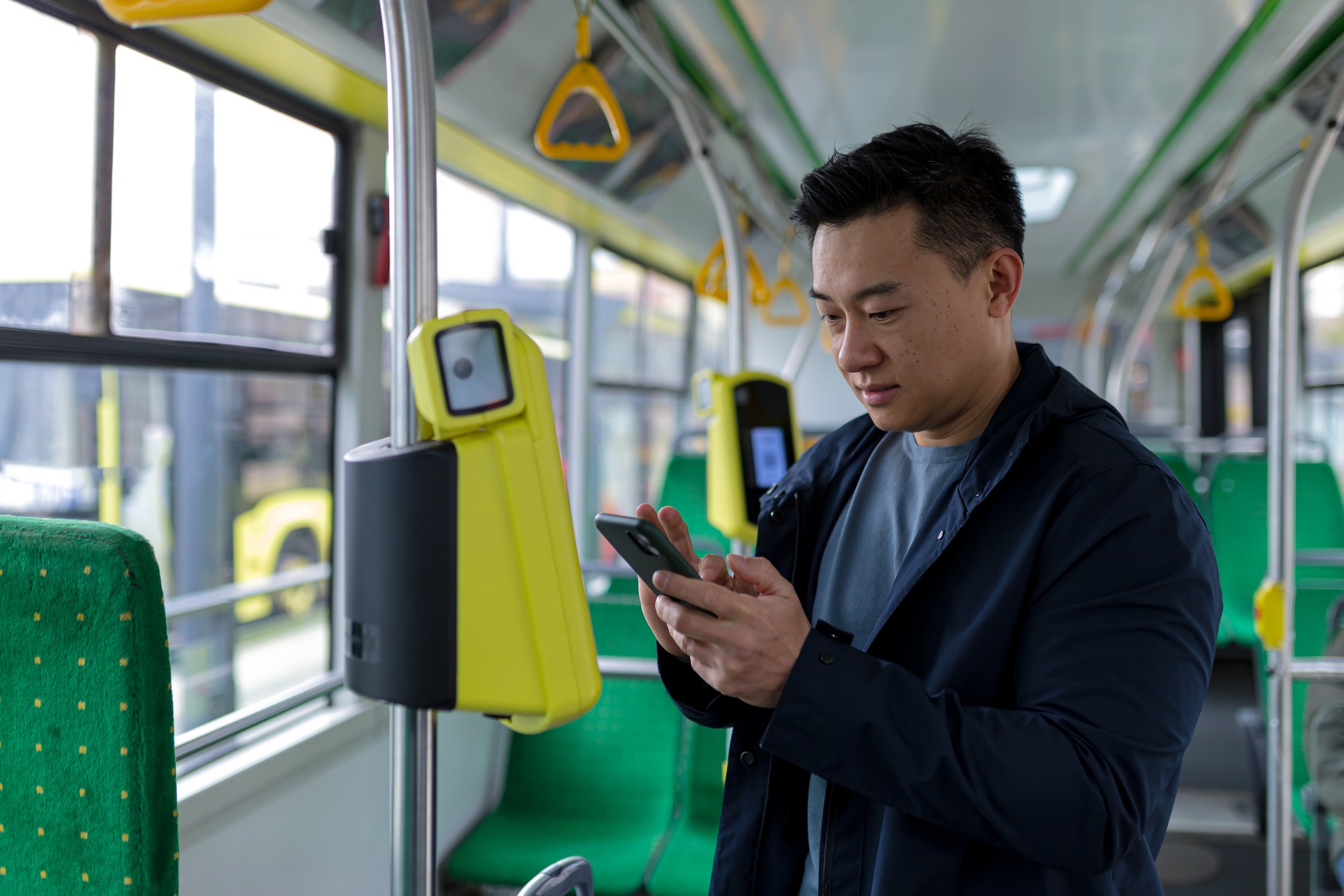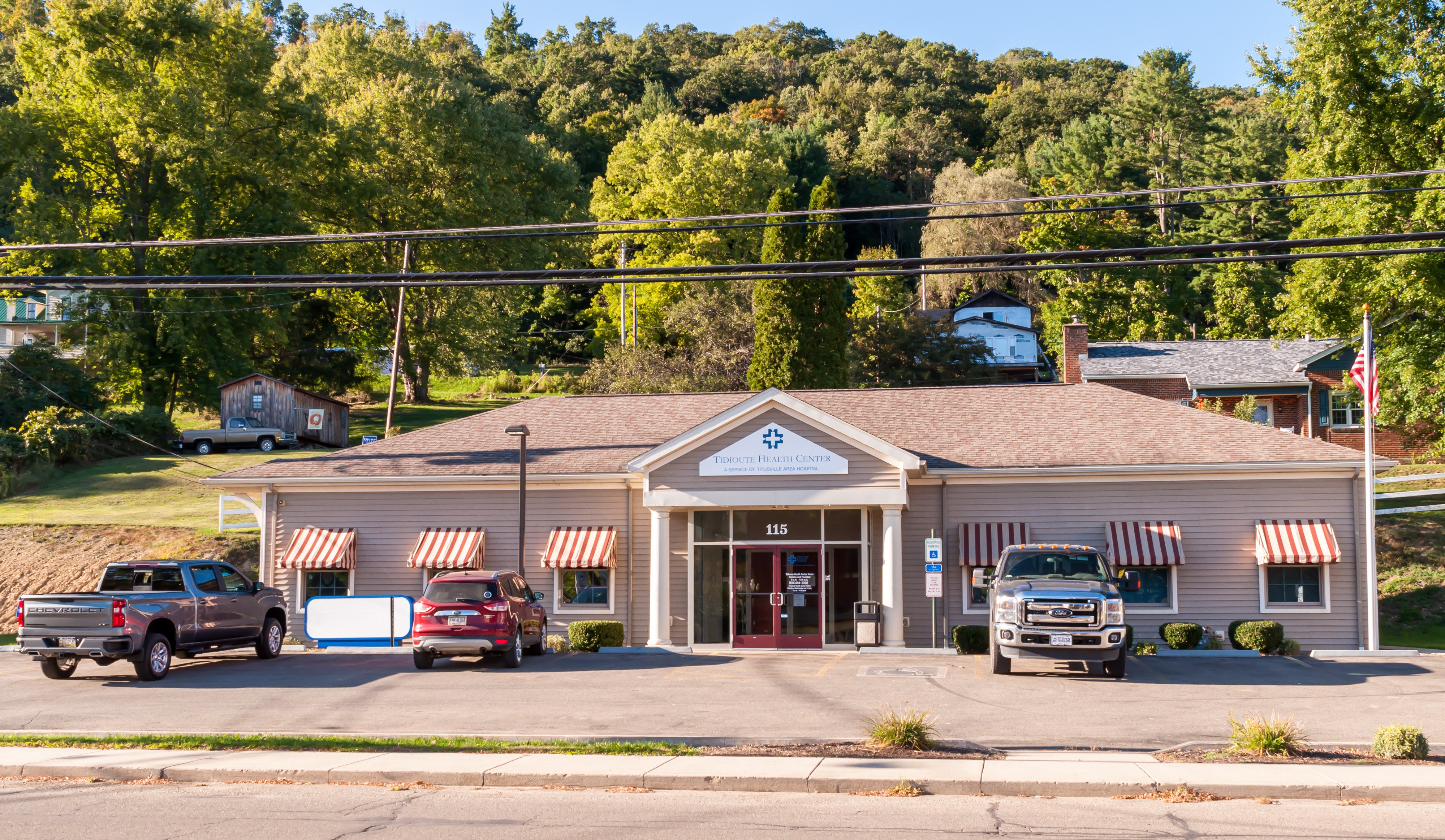The Internet of Things, or IoT, has enabled the connection of everything from clothing and appliances to cities, vehicles, and public spaces. But what makes IoT so revolutionary isn’t just the convenience of these specific applications, but the vast amount of data connected devices produce – presenting an excellent opportunity for smart cities to modernize and expand citizen services.
Here are 4 ways in which smart cities can use IoT technologies to make communities more resident-friendly and expand public services.
Smart Resource Distribution
One immediate and notable use of expanding services is through advanced resource distribution. By reading trends in power usage, waste production, or water usage, a city or one of its aligned utilities companies can relegate utilities to areas that need them most.
Administrators can take the data they collect from a connected device and promptly use it to allocate to areas of need, from more electrical power in a certain locale to more rapid waste collection on one side of town. Any city hoping to save money on more efficient energy distribution will find a smart energy grid an absolute necessity.
Smart trash bins may even be capable of designing optimal routes for waste collection trucks, minimizing the operational costs of the city or associated waste management companies.
During a drought, a city may assign different amounts of water to individual areas based on the region’s water usage and real-time data analytics from sensors monitoring water levels.
Lower Energy and Maintenance Costs
Sensors can report water quality from a treatment plant to a central system and rapidly calculate an optimal distribution for the water once it has reached the desired quality, eliminating much need for a logistics department or most hands-on equipment management.
This effective resource management can allow a city to put more funding towards larger, high-impact projects, such as construction, expansion, or beautification.
Ultimately, by helping maintain systems in their best possible state, an IoT solution helps cities stay within their budgets.
Public Transit
The Internet of Things can help a smart city with its public transport projects by granting passengers increased information regarding bus schedules, optimal routes, and communication.
When a city or municipality utilizes smart transportation technologies, it can optimize bus routes depending on travel time and which bus stops have the most traffic.
On the passenger’s side, increased visibility into bus locations and estimated arrival times via displays or online portals can eliminate much of the anxiety regarding riding the bus.
City Managers understand commuters value speed, comfort, and convenience, which are vital to increasing ridership. To meet those needs, transportation directors will incorporate concepts like micro-transit, on-demand mobility, and first/last mile solutions – such as Kajeet Smart Transit – into future transit systems to meet residents’ needs.
Relieving Traffic Congestion
IoT technologies can benefit private transportation just as much as bus systems, since they share the same roads.
For example, smart cities can utilize IoT technology to enable smart parking, a concept that theme parks like Disney and Universal have been tinkering with since the 2010s.
Smart parking helps drivers find free parking spaces wherever available, alerting drivers when a parking lot or garage has a free parking space.
IoT systems can also use smart traffic signals to divert traffic flow into necessary detours or lower-traffic areas.
Some cities may place sensors on roads to alleviate unnecessary time spent waiting at an empty intersection.
Between smart parking and traffic detection, IoT systems can help a smart city make traffic congestion a thing of the past.
The Role of IoT in Smart Cities in The Future
With the rapid evolution of technology, the possibilities for IoT technologies in a smart city are endless. One thing is for sure: as technologies become more advanced and accurate, cities will increasingly use them to maintain and refine efficiency and resource management.
As an IoT Connectivity Solutions provider, Kajeet understands that the successful implementation of an IoT solution requires secure, reliable cellular connectivity. To learn more about our award-winning solutions for state and local governments, connect with a Kajeet Solutions Engineer today.






.png)
